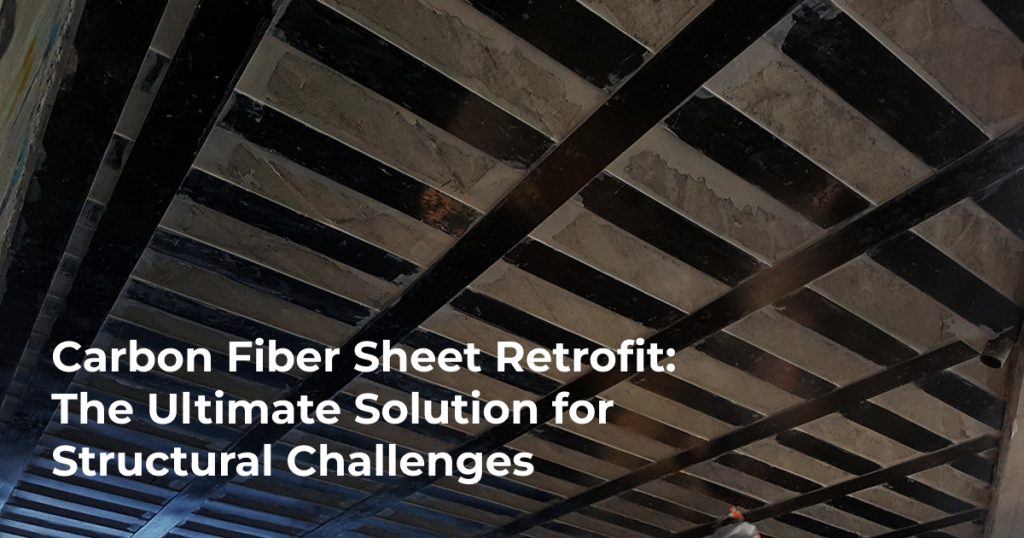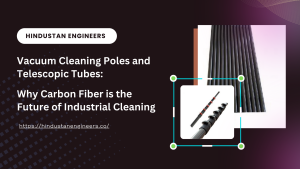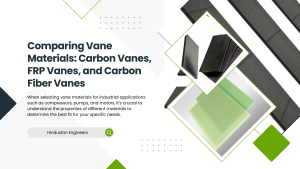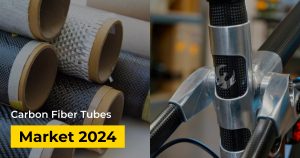A significant percentage of structural failures are due to material degradation and inadequate maintenance.
|
According to a comprehensive review by Select Structural, material deficiencies such as corrosion, fatigue, and the use of substandard materials are leading causes of structural failure. |
Additionally, poor maintenance practices exacerbate these issues, leading to the deterioration of structural integrity over time
Concrete crumbles, steel rusts, and buildings become vulnerable to seismic tremors. The cost in terms of property damage and human life is immeasurable. But what if there was a solution that could breathe new life into ageing structures?
Carbon fiber sheets: A revolutionary material transforming the landscape of structural retrofitting.
Carbon fiber sheets are composite materials renowned for their exceptional strength-to-weight ratio. Imagine a material stronger than steel yet significantly lighter.
This extraordinary property, combined with its durability and resistance to corrosion, makes carbon fiber sheets an ideal choice for reinforcing weakened structures.
This blog delves into the world of carbon fiber sheets, exploring how this cutting-edge technology revolutionises structural retrofitting.
From understanding the material to witnessing its application in real-world projects, we’ll uncover the compelling reasons why carbon fiber sheets are the future of structural reinforcement.
Understanding Carbon Fiber Sheets
Carbon fiber sheets are composed of carbon fibers embedded in a resin matrix. This intricate structure imparts exceptional mechanical properties to the material. Compared to traditional reinforcement materials like steel, carbon fiber sheets offer numerous advantages:
- High strength-to-weight ratio: Carbon fiber sheets provide superior strength while adding minimal weight to the structure.
- Corrosion resistance: Unlike steel, carbon fiber is impervious to rust and decay, ensuring long-lasting performance.
- Durability: Carbon fiber sheets exhibit exceptional resistance to wear and tear, making them ideal for demanding applications.
- Flexibility: The material can be molded into various shapes, accommodating complex structural geometries.
How Carbon Fiber Sheets Work
The magic of carbon fiber sheets lies in their ability to reinforce structures at a molecular level. When applied to a weakened concrete or steel surface, the carbon fiber sheets bond seamlessly, creating a composite layer that significantly enhances the structural integrity. This reinforcement process not only boosts load-bearing capacity but also improves the structure’s resistance to seismic forces.
Beyond structural retrofitting, carbon fiber sheets have found applications in diverse industries such as aerospace, automotive, and sports equipment. Their lightweight yet robust nature makes them a preferred choice for engineers and designers seeking to optimize performance.
Carbon Fiber Sheets for Structural Retrofitting
The construction industry faces a daunting challenge: an ageing infrastructure in dire need of repair. Traditional retrofitting methods often involve disruptive and costly procedures. Carbon fiber sheets offer a refreshing alternative, providing a non-invasive and efficient solution.
Tackling Common Structural Issues
- Concrete Deterioration: Carbon fiber sheets can be applied to reinforce cracked or weakened concrete elements, extending the structure’s lifespan.
- Steel Corrosion: By encapsulating corroded steel components, carbon fiber sheets prevent further damage and restore structural integrity.
- Seismic Vulnerabilities: Carbon fiber reinforcement enhances a building’s resistance to earthquake forces, safeguarding lives and property.
Benefits of Carbon Fiber Sheet Retrofitting
- Increased Strength and Durability: Carbon fiber sheets bolster the structure’s load-bearing capacity, ensuring safety and reliability.
- Improved Seismic Resistance: By enhancing the structure’s stiffness and ductility, carbon fiber sheets mitigate seismic damage.
- Cost-Effectiveness: Compared to traditional retrofitting methods, carbon fiber solutions often offer a more economical option.
- Minimal Disruption: The non-invasive application of carbon fiber sheets minimizes inconvenience to occupants and businesses.
Case Studies: Real-World Success Stories
To truly appreciate the impact of carbon fiber sheet retrofitting, let’s examine some remarkable case studies:
- Historic Bridge Restoration: A crumbling bridge on a vital transportation route was brought back to life using carbon fiber sheets. The project not only preserved a heritage landmark but also ensured the safety of commuters.
- High-Rise Building Reinforcement: A skyscraper threatened by seismic activity underwent a carbon fiber retrofitting process, significantly enhancing its resilience to earthquakes.
- Industrial Facility Upgrade: An aging industrial facility was revitalized with carbon fiber reinforcement, improving its operational efficiency and extending its service life.
These case studies exemplify the versatility and effectiveness of carbon fiber sheets in addressing various structural challenges.
The Retrofit Process
The carbon fiber retrofitting process typically involves the following steps:
- Surface Preparation: The structure’s surface is thoroughly cleaned and prepared to ensure optimal adhesion of the carbon fiber sheets.
- Application of Carbon Fiber Sheets: The sheets are cut and shaped to fit the specific area requiring reinforcement. They are then bonded to the surface using a high-performance resin.
- Curing and Finishing: The resin is allowed to cure completely, creating a durable and integrated composite layer.
Quality control and inspection are crucial throughout the process to guarantee the effectiveness of the retrofit.
Challenges and Considerations
While carbon fiber sheets offer numerous advantages, it’s essential to address potential challenges and considerations:
- Material Cost: Carbon fiber sheets can be more expensive than traditional reinforcement materials, but the long-term benefits often justify the initial investment.
- Skilled Labor: Proper installation requires skilled technicians to ensure optimal performance.
- Design Considerations: Careful engineering and design are essential to maximize the effectiveness of carbon fiber reinforcement.
Despite these challenges, the overall cost-benefit analysis typically favors carbon fiber retrofitting due to its durability, efficiency, and long-term performance.
Future Trends and Innovations
The field of carbon fiber technology is constantly evolving. Researchers are exploring new materials and techniques to further enhance the performance and versatility of carbon fiber sheets. Additionally, there is a growing emphasis on sustainability and the circular economy, driving the development of eco-friendly carbon fiber production processes.
Conclusion
Carbon fiber sheets have emerged as a game-changer in the world of structural retrofitting. Their exceptional strength, durability, and versatility make them an ideal solution for restoring and protecting aging infrastructure. By understanding the science behind carbon fiber sheets and witnessing their successful applications, it’s clear that this technology is shaping the future of construction and engineering.
Hindustan Engineers offers high-quality carbon fiber sheets tailored for structural retrofitting. Contact our experts to discuss your project and learn more about how our products can enhance your structure’s longevity and safety.
Vacuum Cleaning Poles and Telescopic Tubes: Why Carbon Fiber is the Future of Industrial Cleaning
Industrial cleaning has come a long way from traditional, cumbersome...
Read MoreComparing Vane Materials: Carbon Vanes, FRP Vanes, and Carbon Fiber Vanes – Which is Best for Your Industry?
When selecting vane materials for industrial applications such as compressors,...
Read MoreCarbon Fiber Tubes Market 2024: Industry Trends, Top Players, and Future Outlook
Carbon fiber tubes have emerged as a versatile and high-performance...
Read More



